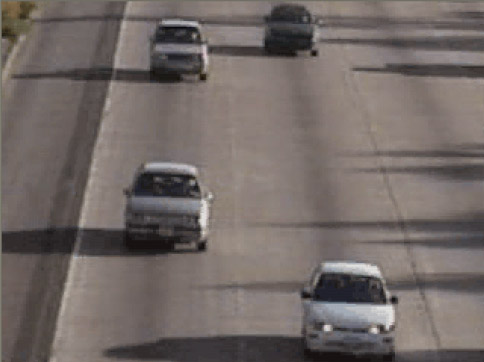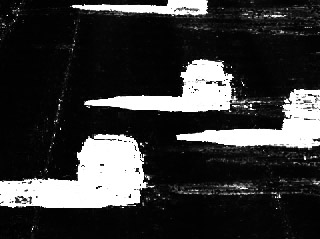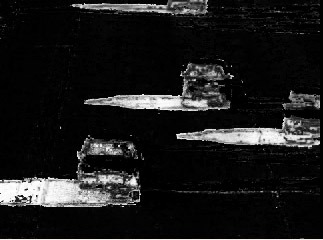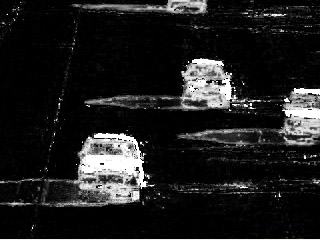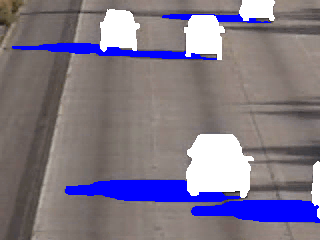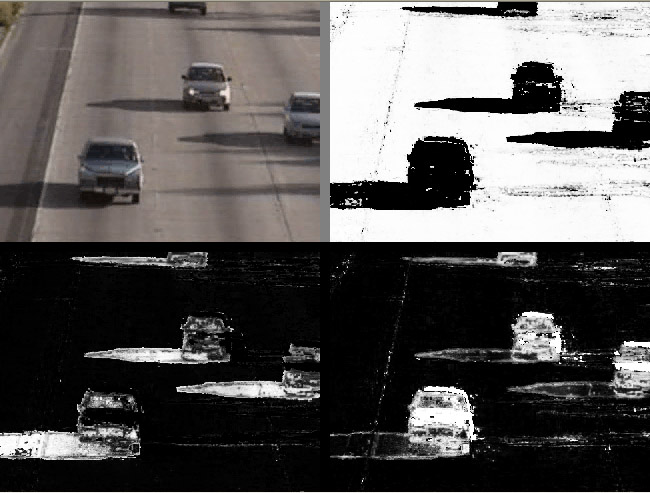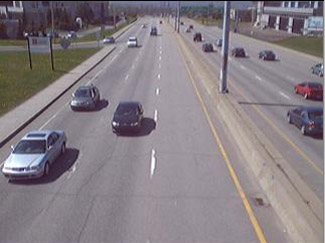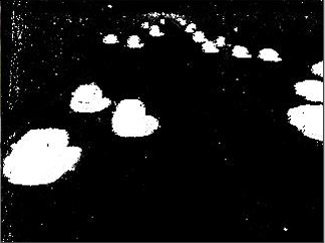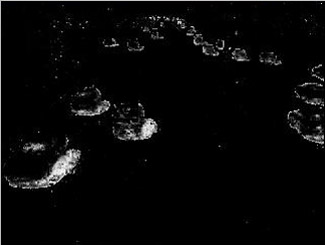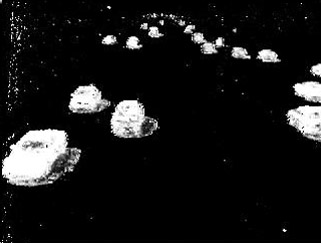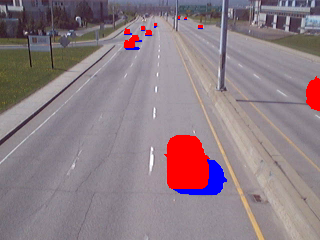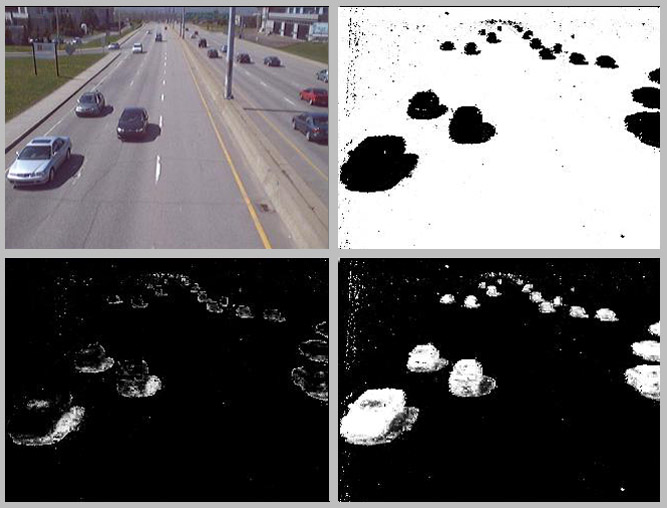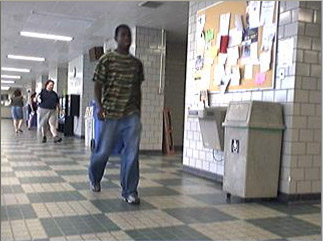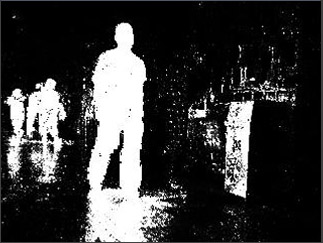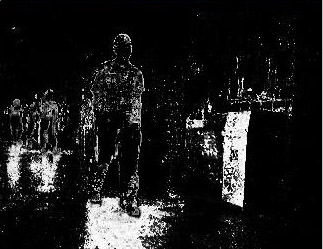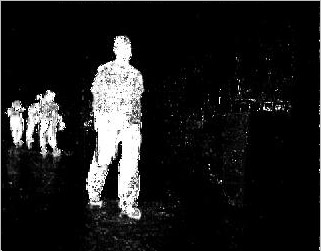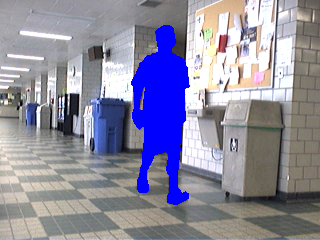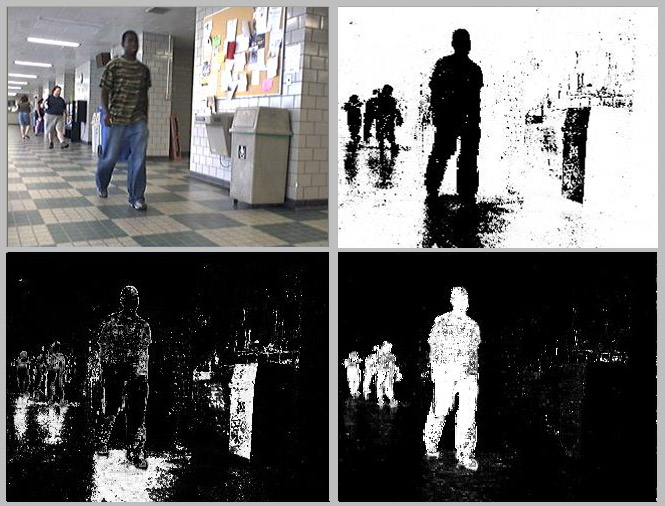
A LVSN Project
Department of Electrical and Computer Engineering
Laval University, Québec, Canada
Nicolas Martel-Brisson (nmartel@gel.ulaval.ca)
André Zaccarin (zaccarin@gel.ulaval.ca)
home
| Description | ||
This page presents cast shadow detection algorithms in the context of background subtraction in video sequences obtained from a static camera. |
||
| Publications
|
||
Abstract:Moving cast shadows are a major concern for foreground detection algorithms. Processing of foreground images in surveillance applications typically requires that such shadows be identified and removed from the detected foreground. This paper presents a novel pixel-based statistical approach to model moving cast shadows of non-uniform and varying intensity. This approach uses the Gaussian mixture model (GMM) learning ability to build statistical models describing moving cast shadows on surfaces. This statistical modeling can deal with scenes with complex and time-varying illumination, including light saturated areas, and prevent false detection in regions where shadows cannot be detected. The proposed approach can be used with pixel-based descriptions of shadowed surfaces found in the literature. It significantly reduces their false detection rate without increasing the missed detection rate. Results obtained with different scene types and shadow models show the robustness of the approach. N. Martel-Brisson and A. Zaccarin, “ Learning and Removing Cast Shadows through a Multidistribution Approach”, IEEE Trans. PAMI vol. 29, no. 7, July 2007. |
||
Abstract:In background subtraction, cast shadows induce silhouette distortions and object fusions hindering performance of high level algorithms in scene monitoring. We introduce a nonparametric framework to model surface behavior when shadows are cast on them. Based on physical properties of light sources and surfaces, we identify a direction in RGB space on which background surface values under cast shadows are found. We then model the posterior distribution of lighting attenuation under cast shadows and foreground objects, which allows differentiation of foreground and cast shadow values with similar chromaticity. The algorithms are completely unsupervised and take advantage of scene activity to learn model parameters. Spatial gradient information is also used to reinforce the learning process. Contributions are two-fold. Firstly, with a better model describing cast shadows on surfaces, we achieve a higher success rate in segmenting moving cast shadows in complex scenes. Secondly, obtaining such models is a step toward a full scene parametrization where light source properties, surface reflectance models and scene 3D geometry are estimated for low-level segmentation. N. Martel-Brisson and A. Zaccarin, “Kernel-based learning of cast shadows from a physical model of light sources and surfaces for low-level segmentation”, to be presented at the Computer Video and Pattern Recognition (CVPR) conference iin June 2008. Video Presentation (.mov) |
||
| Video Sequences |
||
Video sequences used in these publications are shared in the following section. Since our approaches are based on leaning background surfaces appearance under cast shadows, these sequences are longer than the vast majority of video sequences found in the litterature. For each sequence, we provide: 1- The orginial sequence 2- Foreground - Background Segmentation 3- Cast shadow segmentation obtained by the approach described in the CVPR 2008 paper. 4- Grounth Truths used for comparison. |
||
| Highway I | ||
Original sequence (Author: Andrea Prati)
|
|
|
|
|
|
| Highway III | ||
|
|
|
|
|
|
| HallwayI | ||
|
|
|
|
|
|
|
||
